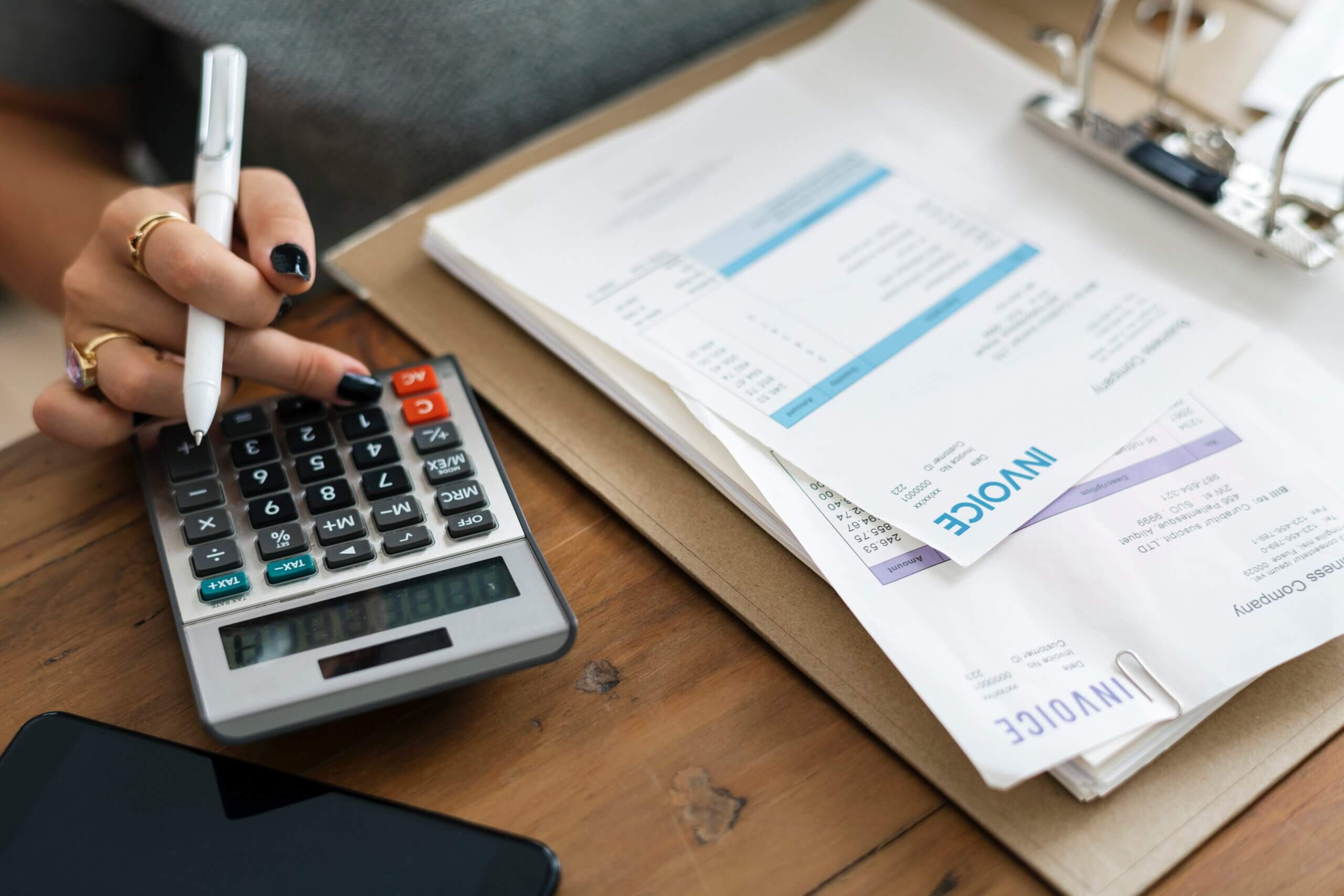Making Tax Digital: what does that mean for you?

The government’s latest tax initiative, Making Tax Digital, pledges to make tax administration more effective, more efficient and simpler for taxpayers. But what does that mean for the UK’s small businesses? Hour Hands Co-Founder and bookkeeping professional, Christine Frith, sheds some light on the subject.
We all know that tax doesn’t have to be taxing, but it can often be time-consuming. For expert help in setting your bookkeeping up on a digital system and getting you up and running, with minimal time on your part, contact Hour Hands for a more detailed chat about your business.
What is ‘Making Tax Digital’?
According to HMRC:
“Making Tax Digital for VAT requires VAT-registered businesses with taxable turnover above the VAT registration threshold to keep records in digital form and file their VAT Returns using software.”
So what does that mean for me?
A 2017 survey by Simply Business revealed that almost a quarter of small business owners and sole traders manage their finances entirely on paper, and half used a spreadsheet for their bookkeeping. If this sounds like you, you’ll need to make some changes.
Still using pen and paper?
If your business turnover tops £85k in a rolling 12-month period and you are working out your VAT by adding up invoices and receipts with pen and paper, then it will come as no surprise that you need to make a change.
Already in the cloud?
If you’ve already made the change to a cloud-based bookkeeping system then pop the kettle on – you can sit back and relax. All that will happen is that, instead of logging into www.gov.uk to file your return, you’ll click a button in your bookkeeping system (if you don’t already do so).
When does this happen?
If your tax return includes a Quarter ending after 1 April 2019 then it must be submitted under the new rules.
How do I do this?
You’ll need to keep your records digitally and submit your VAT using appropriate software. Essentially this means that a cloud-based bookkeeping system is the way to go, and this will bring you many additional benefits. If you’ve already been thinking of upgrading your system then the new tax initiative is a great opportunity to get this underway.
What software should I use?
Unfortunately, a simple spreadsheet is no longer sufficient. If you wish to keep using spreadsheets then you’ll also need to use bridging software to transfer your data across to HMRC in digital form. You cannot retype your figures into another system.
There are a number of compatible software packages you can use; helpfully, HMRC has provided a list.
What do I need to do now?
Ideally you’ll start the new system with the beginning of a new financial year. If your financial year starts before 1 April 2019, you can backdate your start. You’ll need the end balances from the end of the previous year, the invoices you have raised in the current financial year, and your bank statements.
Check out this Xero guide for more detailed information, and please do get in touch if we can help make your bookkeeping easier.